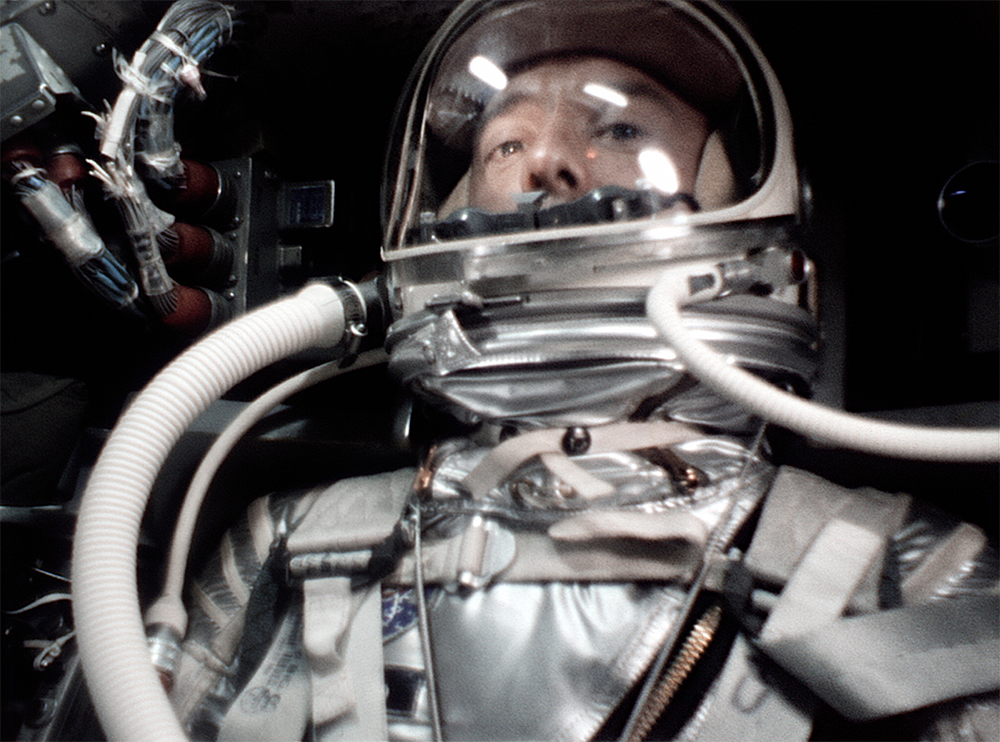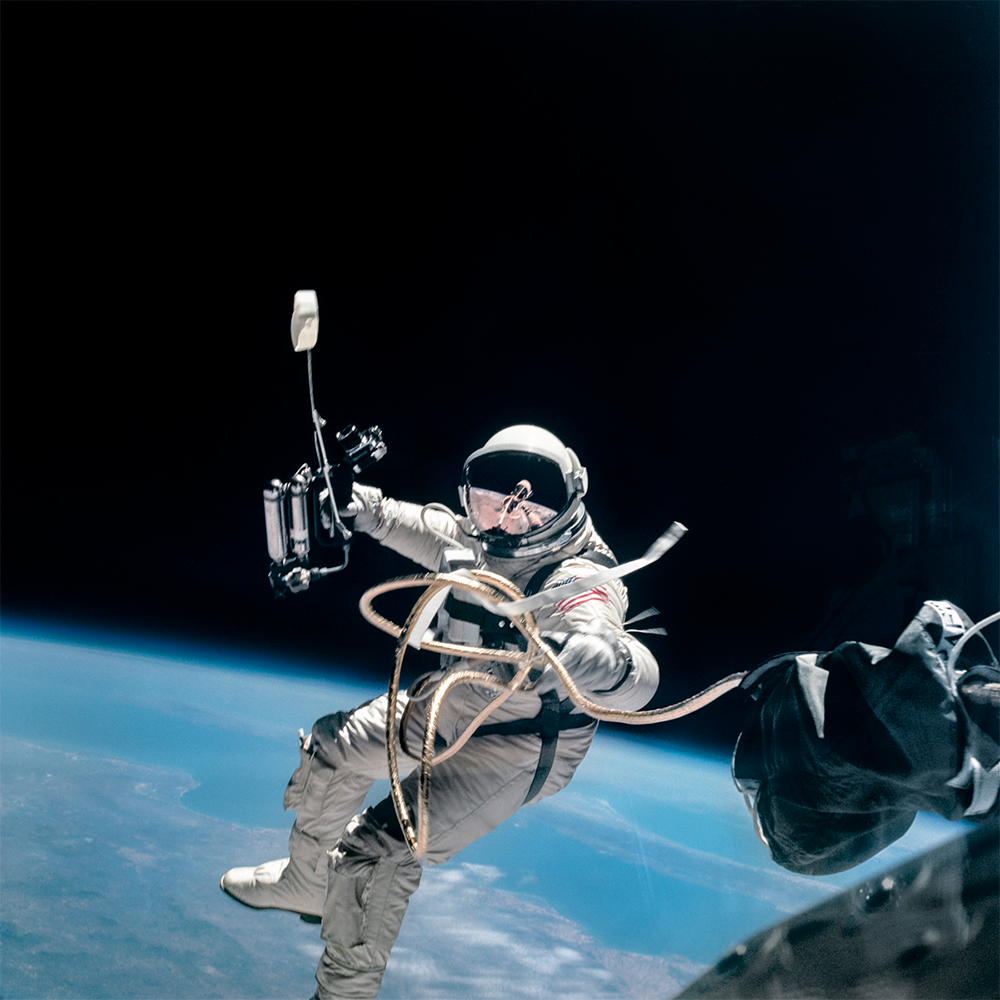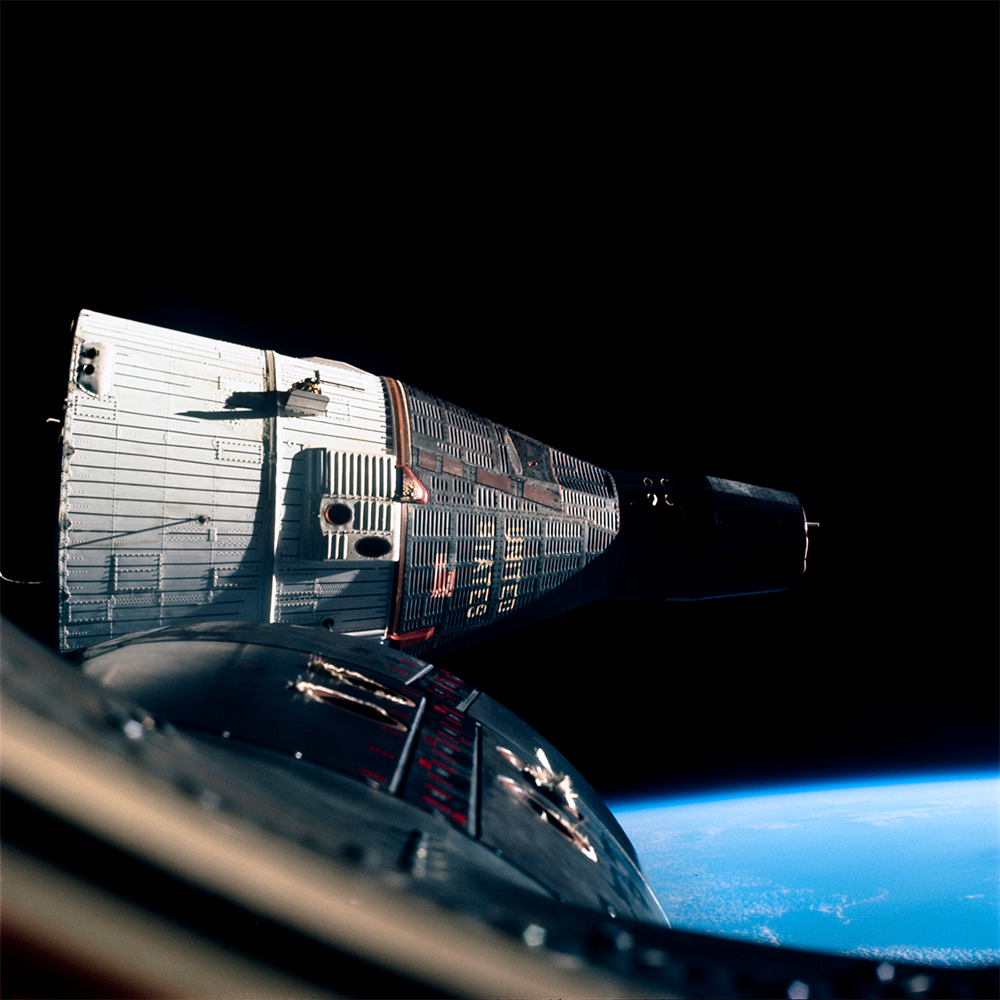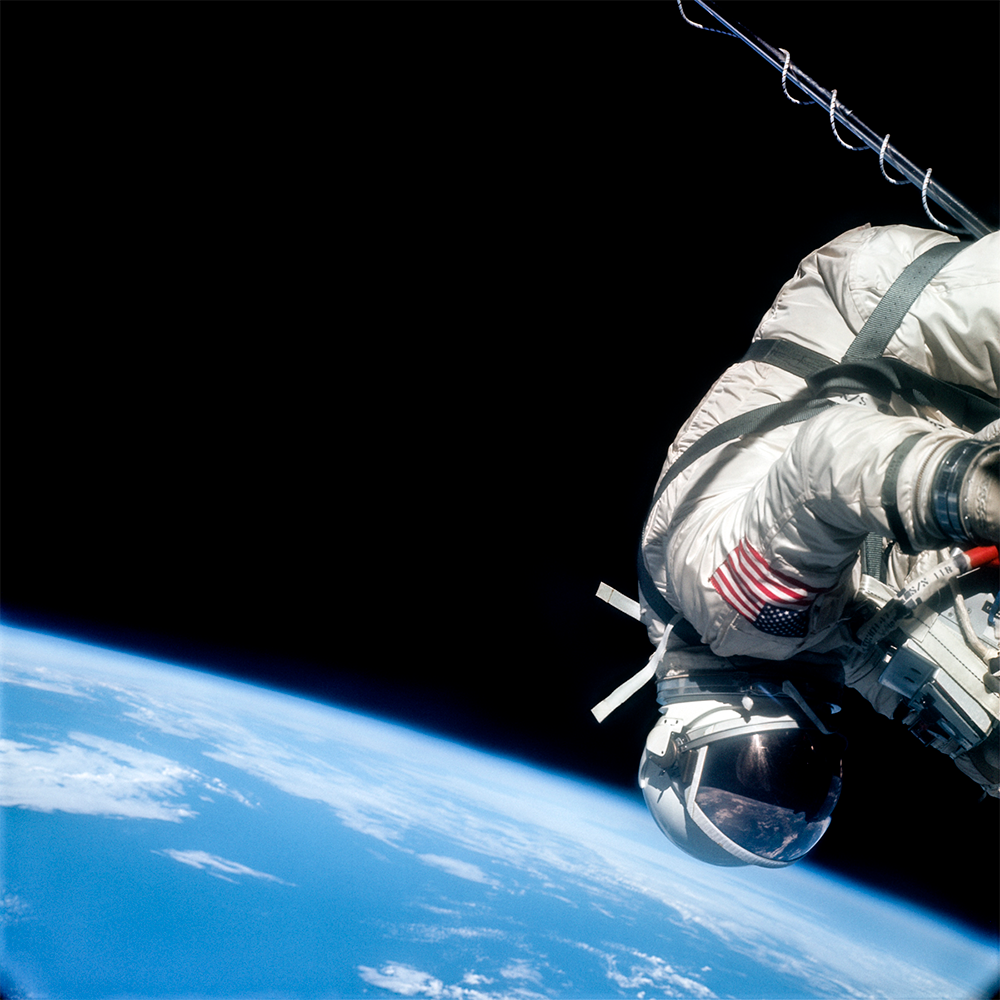When people think of NASA, despite all the work it does monitoring the Earth’s climate and exploring the bodies of the Solar System, most people’s minds go to the Apollo era, when the US space agency repeatedly put humans on the Moon.
But Apollo was not the agency’s first steps into space, as newly restored photos from the pre-Apollo era show. Imaging specialist Andy Saunders, notable for being the person to find astronaut Alan Shepard’s lost golf ball on the Moon, has carefully restored images from these earlier missions for a new book, Gemini and Mercury Remastered.
Project Mercury was the US’s first spaceflight program, with the initial aims of putting humans into orbit around the Earth and figuring out how to live and work in space. While that may be fairly routine now, with even private missions orbiting over the planet’s poles, these were early days, and plenty of surprises were in store.
Alan Shepard became the first American in space, and the second human after Soviet cosmonaut Yuri Gagarin. He took his trip on May 5, 1961, after a lengthy wait on the launchpad, the result of NASA identifying a potential problem with pressure in the liquid oxygen tanks.

Alan Shepard waiting for launch inside his Mercury-Redstone 3 rocket.
Image credit: NASA / Andy Saunders
Shepard waited for over four hours on the launch pad, which is less than ideal for several reasons. One was that NASA hadn’t yet thought about peeing and pooping in space too much, and made no plans at all for if he needed the bathroom. The trip around the Earth was only supposed to be short, so they figured he’d be able to hold it. However, due to the delays, Shepherd had to wait on the launchpad for hours and ended up having to pee himself.
Eventually, he lost a little patience and told NASA “why don’t you fix your little problem and light this candle?”, referring to his spacecraft. Eventually, he did launch, spending 15 minutes and 28 seconds ascending to space and then splashing down in the Atlantic Ocean.
After six manned Mercury missions came Project Gemini. Buoyed by the success of Mercury, NASA attempted more ambitious tasks in space.
“Project Gemini was the training ground for the Moon missions of Apollo,” NASA explains, adding that they began a streak of space firsts.
“Gemini 5 marked the first time fuel cells were used to provide electrical power to a spacecraft, allowing an eight-day mission. Gemini 6 crew members Wally Schirra and Tom Stafford met up with Gemini 7 astronauts Frank Borman and Jim Lovell and the two crews carried out the first space rendezvous. The Gemini 7 mission lasted a record two weeks.”

Ed White during the first US space walk on June 3, 1965.
Image credit: NASA / ASU / Andy Saunders

Gemini 7 meets Gemini 6A in space, the first off-planet rendezvous.
Image credit: NASA / ASU / Andy Saunders

Buzz Aldrin seen clinging to his spacecraft as it orbits the Earth.
Image credit: NASA / ASU / Andy Saunders
As well as these missions being important first steps into space for NASA, the trips offered us a new perspective on our planet. The entire Earth would not be seen in one frame until Apollo 17 with the iconic Blue Marble image. But photos taken by astronauts on these early missions sure beat the first black and white images taken on October 24, 1946, by an uncrewed V-2 rocket.

Earth from space, seen during the Gemini missions.
Image credit: NASA / ASU / Andy Saunders

Earth as seen from Gemini during Buzz Aldrin’s space walk.
Image credit: NASA / ASU / Andy Saunders
“These missions proved all of the fundamentals necessary to allow NASA to reach for the Moon: getting into space and back safely, long-duration missions, rendezvous and docking, surviving outside the spacecraft,” Saunders told SWNS. “They also show what real progress looks like: messy, imperfect, and hard-fought. In today’s world of instant gratification, these stories remind us that the most meaningful achievements come from resilience, creativity, and doing hard things that matter.”
These beautifully restored pictures, along with many others, are available in Saunders’ Gemini and Mercury Remastered.
Source Link: Astonishing Restored Photos Show NASA's Pre-Apollo Missions In All Their Glory